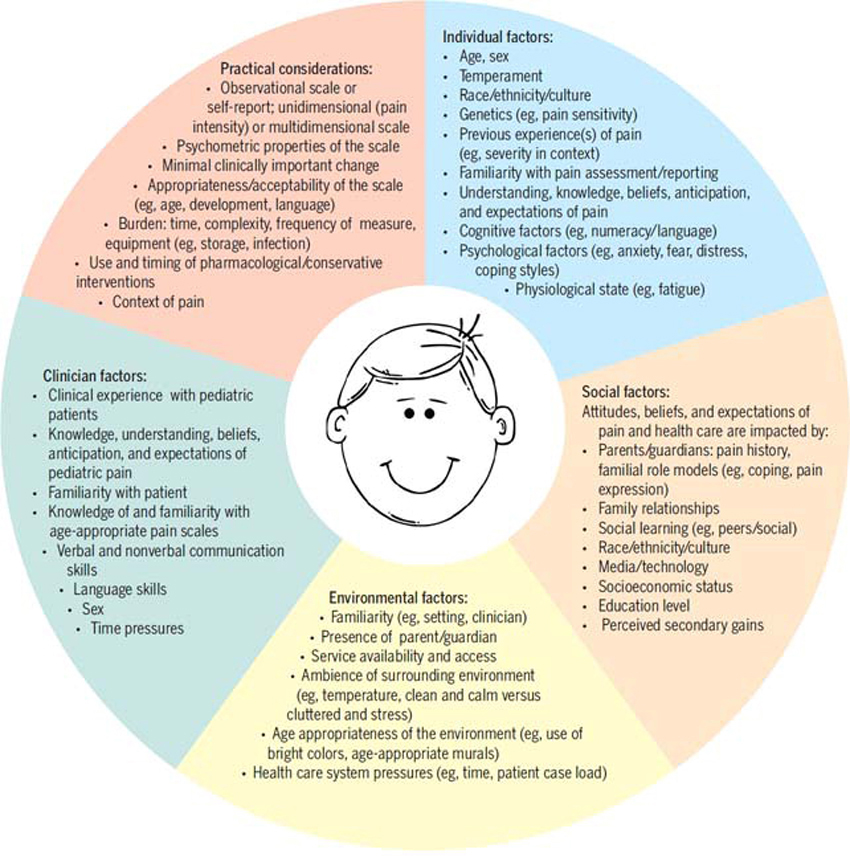Is Back Pain During Childhood or Adolescence Associated with Muscle Strength, Muscle Endurance or Aerobic Capacity: Three Systematic Literature Reviews with one Meta-analysis
SOURCE: Chiropractic & Manual Therapies 2015 (Jul 16); 23: 21 ~ FULL TEXT
Arnaud Lardon, Charlotte Leboeuf-Yde, and
Christine Le Scanff
EA 4532 CIAMS,
Université Paris-Sud, UFR STAPS,
Orsay, 91405, France
alardon@ifec.net
Background Back pain is a common condition during childhood and adolescence. The causes of back pain are largely unknown but it seems plausible that some physical factors such as back muscle strength, back muscle endurance and aerobic capacity may play a role in its development, in particular in the early years.
Objectives The objectives of this review were to investigate in childhood and adolescence 1) if muscular strength in trunk extension is associated with back pain, 2) if muscular endurance in trunk extension is associated with back pain and 3) if aerobic capacity is associated with back pain.
Design Three systematic critical literature reviews with one meta-analysis.
Methods Systematic searches were made in June 2014 in PubMed, Embase and SportDiscus including longitudinal, retrospective or cross-sectional studies on back pain for subjects <20 years. Articles were accepted if they were written in French or English. The review process followed the AMSTAR recommendations. The possibility of conducting a meta-analysis was assessed for each research question.
Results Four articles were included for the first objective, four for the second and three for the last. None of the included articles found an association between back muscle strength in extension and back pain. For the second objective, a protective association between back muscle endurance in extension and back pain was found, later confirmed in a meta-analysis (OR = 0.75, 95 % CI 0.58-0.98). The association between aerobic capacity and back pain is not clear.
Conclusions High back muscle endurance in extension appears protective of back pain in youngsters, but the roles of high back muscle strength in extension and aerobic capacity are less clear.
Keywords: Back pain; Adolescent; Children; Back muscle endurance; Back muscle strength; Aerobic capacity; Meta-analysis; Systematic review
From the Full-Text Article:
Background
Pain is relatively common in childhood and adolescence [1]. For example, in a population of circa 3000 adolescents, 61 % reported musculoskeletal pain at least in one area [2]. Back pain (BP) was noted to be the second most common type with 25 % reporting daily complaints [2]. BP is common during childhood and has been shown to be a predictor of low back pain (LBP) in adulthood [3]. Therefore, more knowledge is needed about BP in the early years, as attention needs to be focused on this period of life.
There are more articles like this @ our:
It is well known that physical activity has a positive effect on health [4] by decreasing adiposity and improving cardiovascular health, cardiovascular fitness, mental health, academic performance, musculoskeletal health, fitness and bone mineral density [5]. It seems likely that physical activity, through its positive influence on back muscle strength (BMS), back muscle endurance (BME) and aerobic capacity (AC) could also improve spinal health. However, physical activity is not the only factor which could have an effect on BMS, BME and AC during childhood and adolescence. The body composition changes during this growing period [6], [7], which could also have an effect on BMS [8] and AC [9]. There is conflicting evidence on the importance of these factors in adulthood [10].
BMS is the force generated by contraction of back muscles, whereas BME is the capacity of these muscles to sustain a sub-maximal contraction force for as long as possible (through isometric contraction). AC, on the other hand, reflects the capacity of cardio-vascular endurance [11].
Read the rest of this Full Text article now!





Leave A Comment